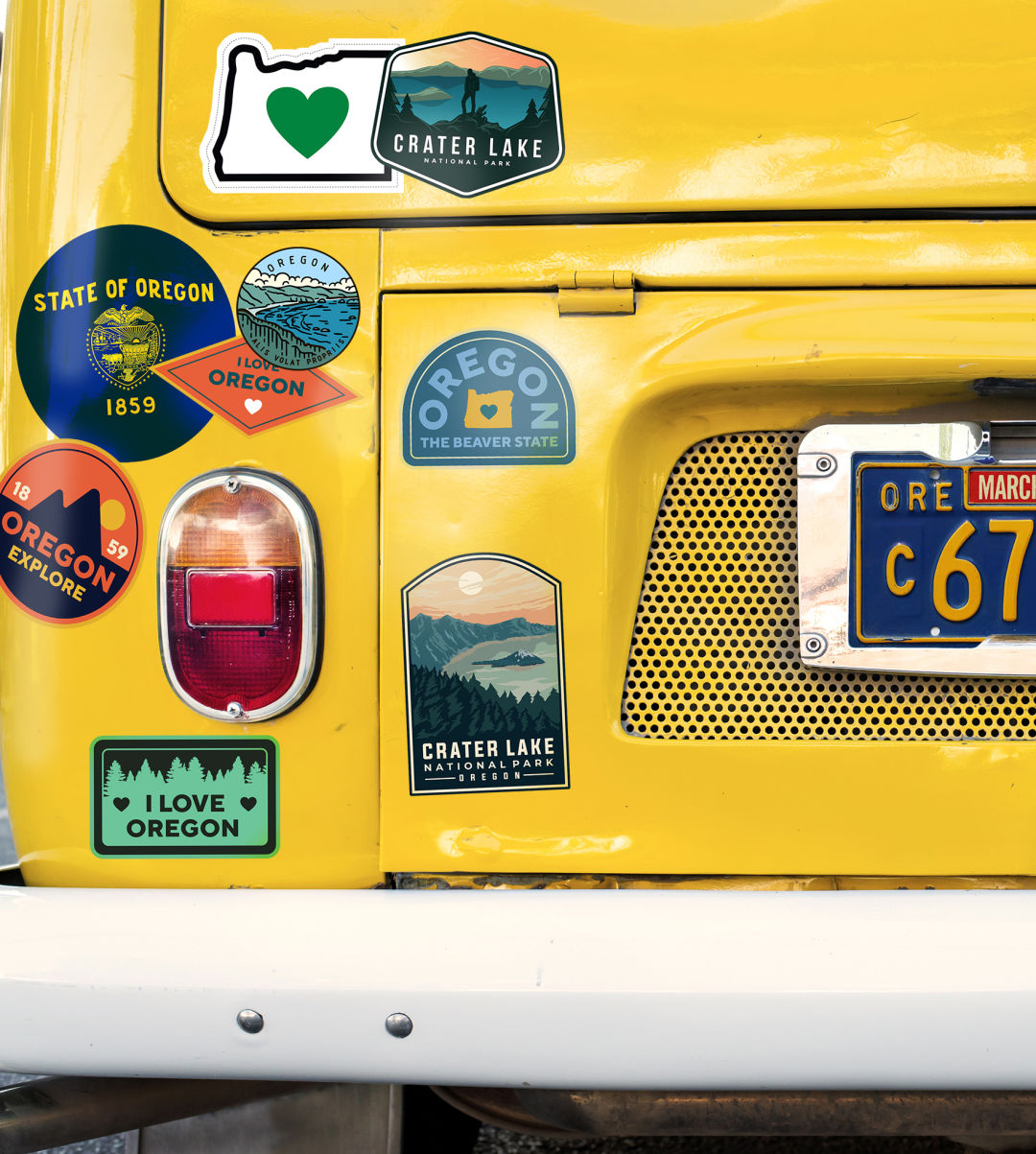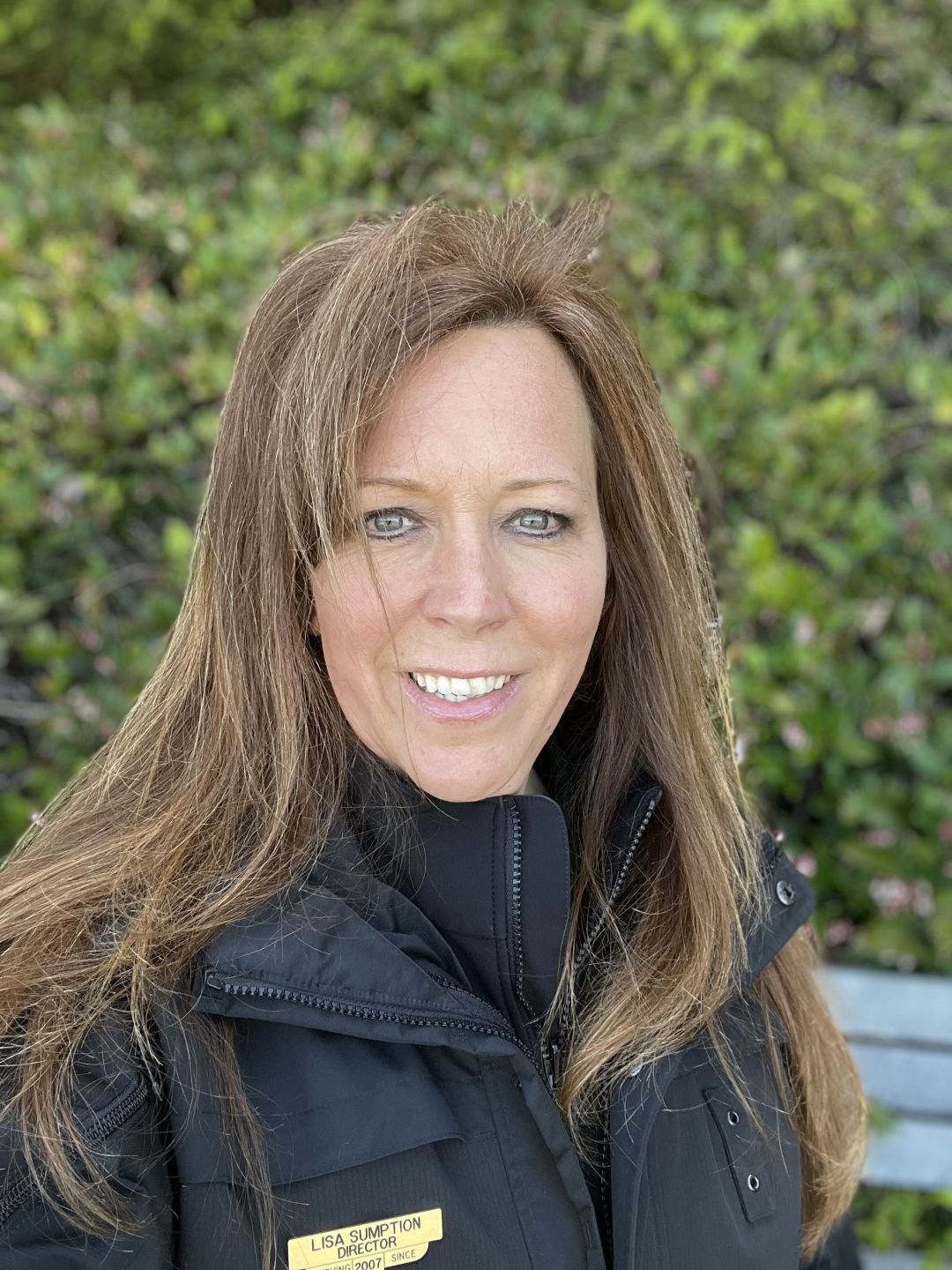After Marking a Century, What’s Next for Oregon State Parks?
One of the nation’s best state parks systems is busy updating facilities, studying climate change, and becoming a more welcoming environment for all types of visitors.

S
ince Oregon’s first state park was established 101 years ago, visitors have come to delight in the ability to easily access some of the state’s most beautiful locations with great trails, well-maintained facilities, and interpretive programming to help people understand the history and culture of those sites to gain a sense of place.
But plans for a grand celebration in the years leading up to the state parks’ centennial were disrupted by the pandemic. What was shaping up to be a tremendous effort to commemorate 2022 turned out to be more of a “slow burn,” says Chris Havel, deputy director of the Oregon Parks and Recreation Department. Due to lingering concern over hosting large public gatherings, centennial celebrations turned out to be smaller, more focused events such as movie nights at Rooster Rock, as well as stewardship activities like weed pulling at Cove Palisades and river cleanup at Champoeg.
Havel says that was disappointing for the agency’s staff, who for many years were expected to be the silent force behind the scenes making the system work.
“What we’ve seen more recently is that if you really care about the experience visitors have, you need to be more visible,” he says. “There are lot of not-so-glamorous parts to this job, but in the end it’s the satisfaction we see on people’s faces that makes it worthwhile; 2022 was an opportunity to recognize that accomplishment.”
While some park facilities like picnic shelters, restrooms, campgrounds, and other gathering places were closed for part of 2020, trails, biking paths, and paddling routes were still open, allowing people to safely get out of their homes and enjoy some sense of normalcy during a year where life was flipped on its head.
“The state parks system was a balm for body and mind,” Havel says. “It was a silver lining in that awfulness. People have woken up to what state parks can do.”
The foundation of Oregon State Parks was laid with a 1913 declaration by Gov. Oswald West making all ocean beaches below the tideline public highways. Nine years later Oregon would add its first official state park to the roster, a wayside near Monmouth. Samuel H. Boardman became the first parks superintendent less than a decade later, adding dozens of new properties and thousands more acres.
In 1967, the highway commission pushed Oregon’s Beach Bill with the help of Gov. Tom McCall and Secretary of State Robert Straub (who were political rivals at the time), which preserved all beachfront property as public, not just to the high tideline.
In 1989, the Oregon Parks and Recreation Department broke off from the highway commission, and the young agency saw hard times. But in 1998, Oregonians approved a dedicating a portion of state lottery funds to parks for grant programs and the acquisition of new properties. In 2004, Gov. Ted Kulongoski promised a “park a year,” which added thousands of new acres and improvement over the next decade.

Oregon Parks and Recreation Department Director Lisa Sumption
In 2014, Lisa Sumption became the first woman to lead OPRD. Under her leadership, the department has since seen millions invested in projects to update and modernize infrastructure and expand campgrounds. Some of the biggest investments of a two-year, $50 million bond project currently underway—thanks in large part to former Oregon Senate President Peter Courtney—are taking place at Silver Falls State Park. Roughly $8–10 million is being spent to improve the north gateway of the park with a new campground, visitor center, trails, and other infrastructure updates. Another $8–10 million is being spent in 2023 at Cape Lookout State Park to relocate campsites away from a breached dune and decommission old facilities.
But according to Havel, the most important work being done at OPRD isn’t related to facilities, but in protecting parks from the threat of climate change and striving to see that park visitors reflect Oregon’s increasingly diverse population. That means thinking differently about how parks fit into wild ecosystems, as well as getting more, different types of people onto trails and into campgrounds.
On climate, park rangers are seeing changes in how wildfire behaves on the landscape, how invasive species take root where they’re not supposed to, and how increased storm energy perpetuates erosion and other concerns. “If we don’t understand (those challenges) and respond to them, it can endanger the future of the park system over the next 100 years,” Havel says.
Improving the makeup of who visits state parks is less tangible. Removing barriers isn’t a physical task, but it’s one that parks employees are committed to, Havel says. Just last year, OPRD helped pass legislation banning people convicted of bias crimes from recreating in state parks. Another bill in the legislature this year would increase penalties for people who assault employees of state and county parks. While there is work being done to improve safety and make people feel welcome in state parks, Havel says, there’s still work to be done.
“Not everybody feels equally welcome in parks, either because of the way they’re designed, the way they’re run, or by the people that you see using them,” Havel says. “One of the challenges [Sumption] has put in front of us is to confront that.”
Looking forward to OPRD’s next 100 years, Sumption says the agency wants inspire a sense of stewardship and wonderment through interpretive programs so that the next generation of visitors will continue preserving these resources.
“We are actively reaching out to a wide range of communities so that staff and visitors of the future reflect the growing diversity or our state,” she says. “We want to break down barriers in access so everyone can enjoy these landscapes that belong to us all.”
For this and similar articles, please visit PortlandMonthly

Leave a Reply
Want to join the discussion?Feel free to contribute!